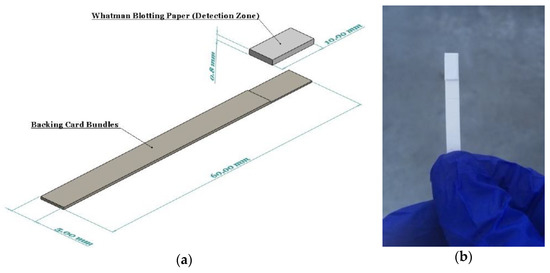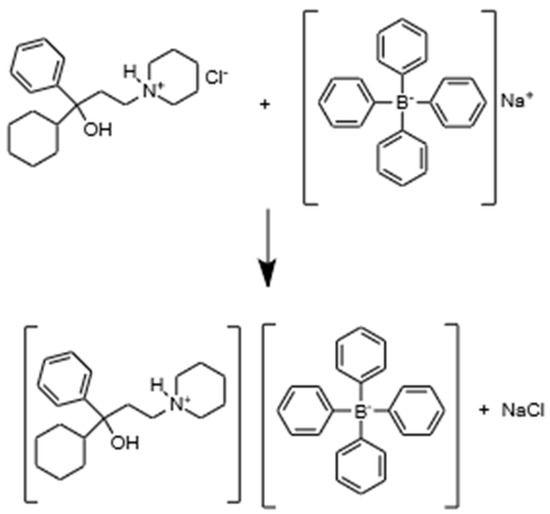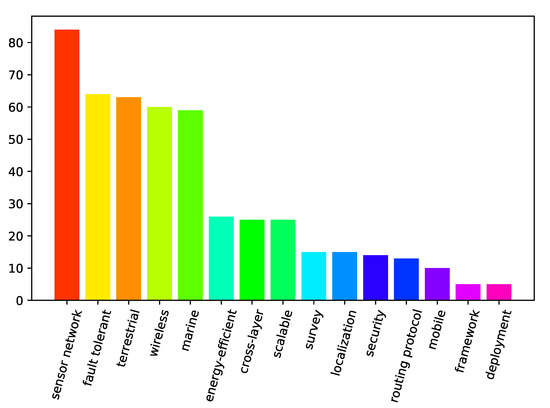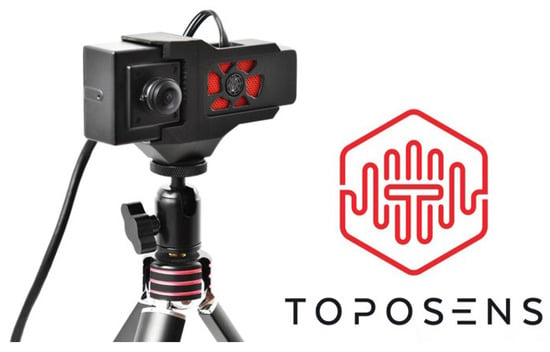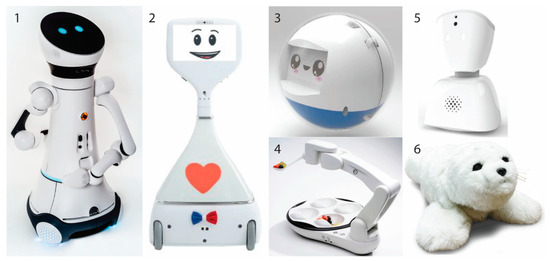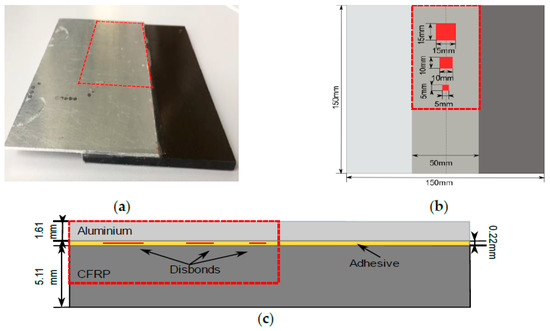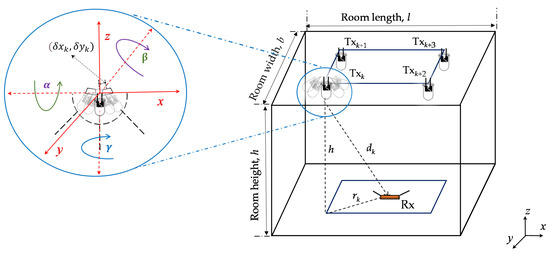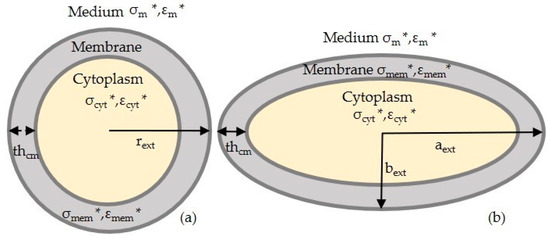Sensors 2021, 21(9), 3148; https://doi.org/10.3390/s21093148 - 1 May 2021
Cited by 16 | Viewed by 4909
Abstract
Parking in heavily populated areas has been considered one of the main challenges in the transportation systems for the past two decades given the limited parking resources, especially in city centres. Drivers often waste long periods of time hunting for an empty parking
[...] Read more.
Parking in heavily populated areas has been considered one of the main challenges in the transportation systems for the past two decades given the limited parking resources, especially in city centres. Drivers often waste long periods of time hunting for an empty parking spot, which causes congestion and consumes energy during the process. Thus, finding an optimal parking spot depends on several factors such as street traffic congestion, trip distance/time, the availability of a parking spot, the waiting time on the lot gate, and the parking fees. Designing a parking spot allocation algorithm that takes those factors into account is crucial for an efficient and high-availability parking service. We propose a smart routing and parking algorithm to allocate an optimal parking space given the aforementioned limiting factors. This algorithm supports choosing the appropriate travel route and parking lot while considering the real-time street traffic and candidate parking lots. A multi-objective function is introduced, with varying weights of the five factors to produce the optimal parking spot with the least congested route while achieving a balanced utilization for candidate parking lots and a balanced traffic distribution. A queueing model is also developed to investigate the availability rate in candidate parking lots while considering the arrival rate, departure rate, and the lot capacity. To evaluate the performance of the proposed algorithm, simulation scenarios have been performed for different cases of high and low traffic intensity rates. We have tested the algorithm on in-city parking facility in the city of Al Madinah as a case study. The results show that the proposed algorithm is effective in achieving a balanced utilization of the parking lots, reducing traffic congestion rates on all routes to candidate parking lots, and minimizing the driving time to the assigned parking spot. Additionally, the proposed algorithm outperforms the MADM algorithm in terms of the selected three metrics for the five periods.
Full article
(This article belongs to the Special Issue Selected Papers from the 4th International Workshop on Connected & Intelligent Mobility (CIM 2020))
►
Show Figures

